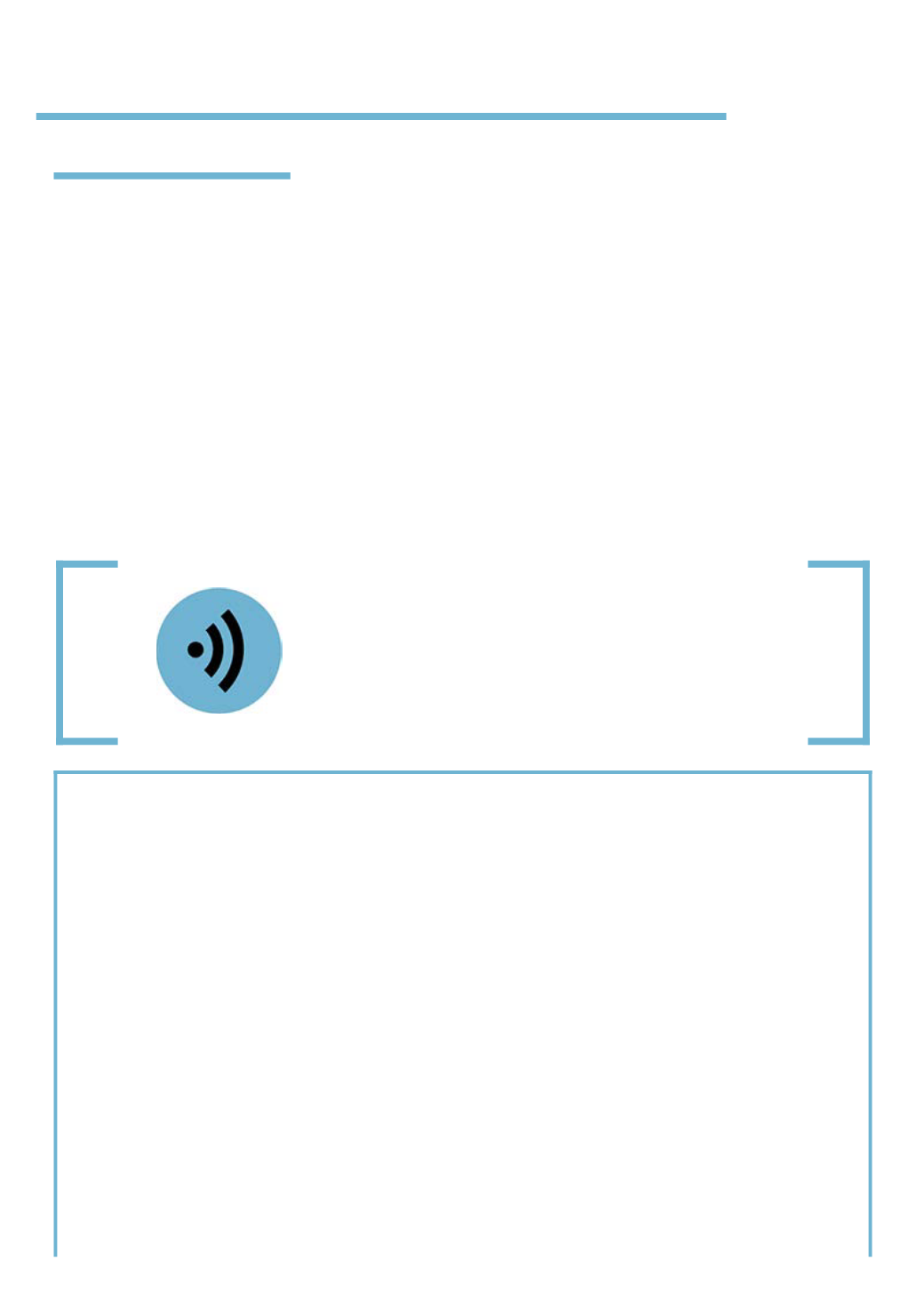
Kindness and Compassion as Integral to
Mindfulness
If you mysteriously happened to light upon this particular paper out of the enormous,
overwhelming, mind-boggling plethora of recently written commodities about happiness,
consciousness, mindfulness or compassion, you might – just maybe – be willing to begin the
reading by first taking part in a very brief and very personal experiment involving the mind, the
body and the proverbial heart. It is an imperfect, completely unsatisfactory little exercise, as so
much of our lives and experiences is imperfect and less than satisfactory (still we continue to go
on, often simultaneously or alternately, feeling both appreciation and disappointment).
Nevertheless, this little experiment is the only way I know to convey a glimmer of sense about
something that really has to be experienced before it is talked about or even named – even though
this necessity is rarely acknowledged. So let’s start (you may want to turn on the audio version of
this exercise and continue reading later).
A Personal Experiment
Paul Grossman
"A Personal Experiment"
19:17 min
Let’s begin by making sure you are sitting comfortably in a position that you think you are able to
maintain for a little while – notice the angle of your back, how your head is sitting on your
shoulders, whether your arms, legs, feet and hands are loose and relaxed, or cramped and tight.
Make any adjustments that give you the feeling you are more at ease and comfortable, that all
the different parts of your body are as relaxed as can be.
Now take a couple of deep breaths and notice the spot where you feel the flow of air entering and
exiting the body most completely. It may be at the nostrils, somewhere in your abdomen or your
chest. Look for a spot where you think you can best rest your attention in order to make contact
with the flow of life that the breath really, truly constitutes. When you have found a more-or-less
satisfactory spot, stop consciously making your breathing deeper or slower, and let the breath
take its natural course. This means we let the breath do its own thing just like it has for the many
decades before this moment. You may or may not have paid much attention to your breath
before. Nevertheless, right now, we are intentionally, voluntarily examining the breath – as close
up as we can come to feeling the sensations of the in- and the out-breath – as they naturally flow
without us trying in any way to “improve” our breathing.
So – as best you can – notice the sensations that arise at the spot you have chosen at each
moment that the breath changes – throughout the period of breathing in, the transition from in-
breath to out-breath, the flow during expiration and the shifting from expiration to inspiration. And
193


